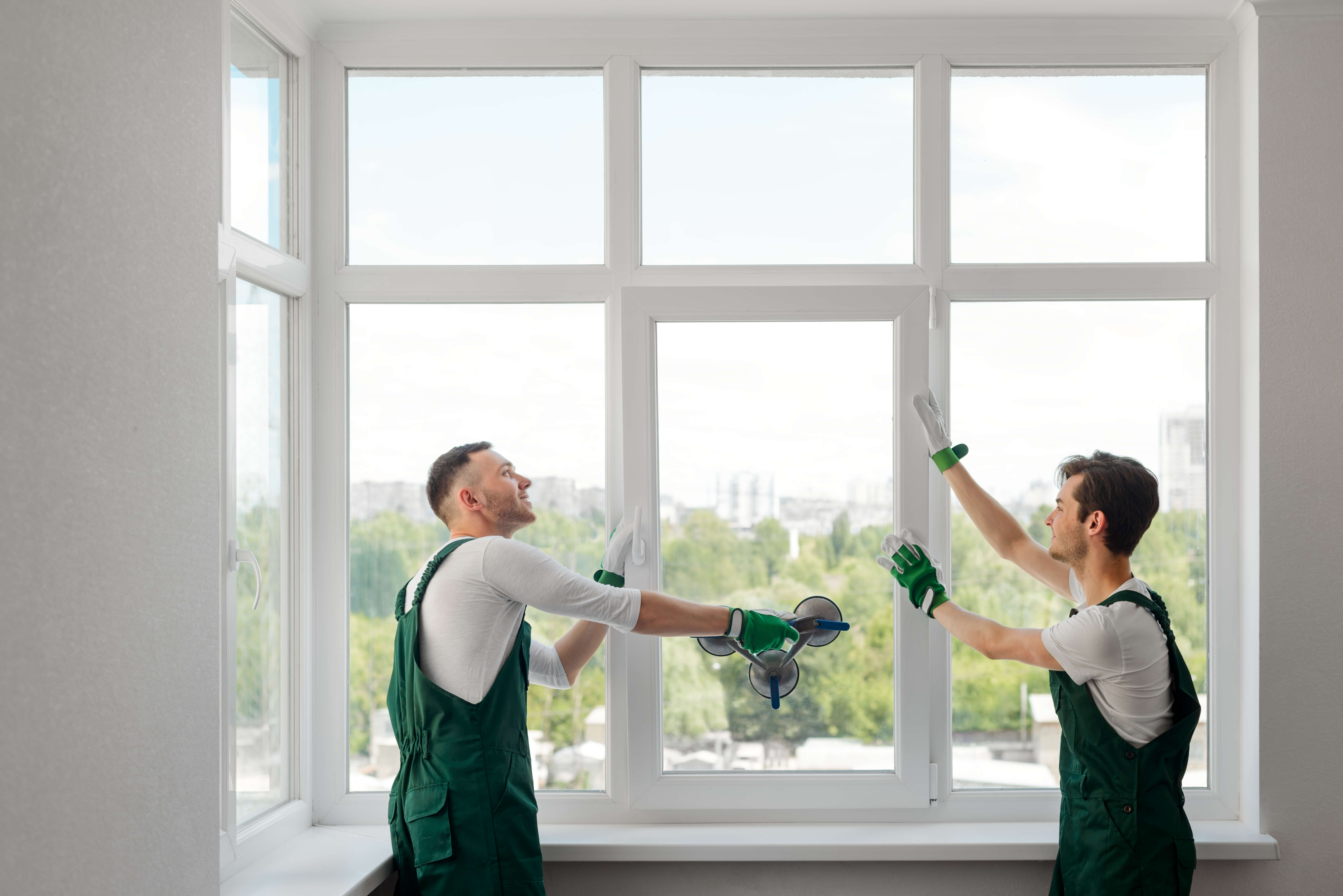Superior Pressure Cleaning Techniques For All Surface Keys In
Superior Pressure Cleaning Techniques For All Surface Keys In
Blog Article
Author-Stone Vincent
When it pertains to press cleaning, the method you choose can make all the distinction in attaining a tidy, streak-free surface. You could find that hard surfaces, like concrete, need a different technique than softer materials, such as wood or plastic. It's important to adjust your methods to the surface area type to stop damages while taking full advantage of cleaning performance. So, what are the best strategies for each surface area, and exactly how can you ensure you're making use of the best setups and tools for the work? Allow's explore what you need to understand to get the best results.
Hard Surfaces
When it involves pressure washing tough surfaces, preparation is key. Prior to you also consider taking out the stress washer, put in the time to remove the location of any kind of debris, furniture, or challenges. You don't want anything entering your means or potentially damaging your equipment.
Next off, examine the surface area for any fractures or damages; this will certainly assist you identify the right strategy and stress setups.
Once you've prepared the area, it's important to choose the appropriate nozzle. For difficult surfaces like concrete or block, a narrow nozzle (15 or 25 levels) functions best to give a concentrated stream of water that can successfully get rid of grime and spots. Always begin at a distance and gradually move better to prevent any surface area damages.
As pressure washing service begin washing, keep the wand moving to protect against touches and over-saturation. It's also helpful to work from the top down, permitting dirt and debris to wash away normally.
Lastly, keep in mind to rinse the surface thoroughly after cleansing to eliminate any type of remaining cleaning agent. With these methods, you'll achieve a clean and refreshed look on all your difficult surfaces.
Soft Surfaces
Pressure washing soft surfaces calls for a gentler approach to safeguard them from damages. Whether you're cleansing your deck, patio furniture, or home siding, utilizing excessive pressure can result in dents, scratches, or perhaps irreversible injury.
Begin by choosing a low-pressure nozzle, ideally a 25-degree or larger spray pattern, to disperse the water extra gently.
Before you start, it's essential to pre-treat any discolorations with a suitable cleansing remedy. This step enables the cleaner to penetrate the dirt and crud, making it easier to wash away without scrubbing too hard.
Constantly apply the solution from the bottom approximately protect against streaking.
When you begin stress cleaning, keep a range of a minimum of 12 to 18 inches from the surface area. Move your stick in a sweeping activity, keeping it alongside the surface to avoid concentrated pressure on one spot.
Rinse https://traviskvdmv.blog-kids.com/32726381/an-in-depth-source-for-identifying-the-appropriate-window-cleaning-company-tailored-to-your-preferences after cleaning up to remove any kind of recurring cleaner.
Lastly, inspect the surface area for any kind of missed areas and duplicate the procedure if needed. By complying with these actions, you can properly clean soft surface areas while protecting their integrity and look.
Specialized Surfaces
Cleaning up soft surfaces calls for treatment, yet specialized surface areas require a lot more attention to detail. When you tackle these surface areas, like delicate wood, discolored concrete, or particular types of home siding, making use of the right stress cleaning techniques is crucial to stay clear of damages.
First, analyze the material. For example, dealt with timber can commonly withstand modest stress, yet softer timbers like cedar might call for a lower setting. Constantly begin with the lowest pressure and slowly raise if necessary.
For stained concrete, make use of a fan spray nozzle and preserve a regular range to stop engraving the surface.
When dealing with surfaces like vinyl house siding or repainted surface areas, a wide spray pattern assists distribute the pressure equally, safeguarding the finish.
It's also important to use cleaning agents particularly developed for specialty surfaces. They can boost cleansing without endangering the product.
Rinse extensively after washing to remove any residue, as it can bring about staining or damage over time.
Final thought
In conclusion, mastering stress cleaning techniques for various surfaces can make all the difference in your cleaning outcomes. For hard surfaces, stay with slim nozzles and a top-to-bottom technique, while soft surface areas require a gentler touch with wider nozzles. Do not forget to pre-treat spots and wash extensively to stay clear of residue. By adapting your methods to each product, you'll not just achieve a cleaner finish yet likewise safeguard the honesty of your surface areas. Delighted cleansing!
